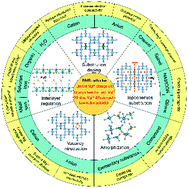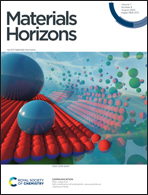Crystal regulation towards rechargeable magnesium battery cathode materials
Abstract
Rechargeable magnesium batteries (RMBs) as a promising energy storage system in terms of high abundance, greater electron transfer number and more uniform deposition behavior of the Mg metal anode have great potential for innovating the future energy storage markets. However, the large intercalation energy penalty and sluggish diffusion kinetics of bivalent Mg2+ in host materials due to the strong ionic polarization lead to unsatisfactory energy and power densities. Thus, constructing insertion sites and fast diffusion pathways for Mg2+ in cathode materials is significant for the development of RMBs. Herein, we systematically reviewed the recent developments of various crystal regulation strategies, including topochemical substitution, interlayer regulation, vacancy introduction, substitution doping, and amorphization, for improving the specific capacity, rate capability, redox potential and cycling stability of RMB cathode materials. The optimized mechanisms and regulation rules of various strategies for Mg2+ intercalation and diffusion were discussed in detail. The unique advantages of various strategies and the promising crystal systems were summarized. Moreover, the unexploited material systems, the untapped crystal regulation strategies, the current challenges and future objectives for high-energy and high-power RMBs are described.



 Please wait while we load your content...
Please wait while we load your content...